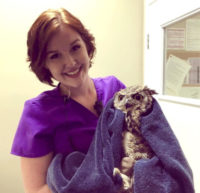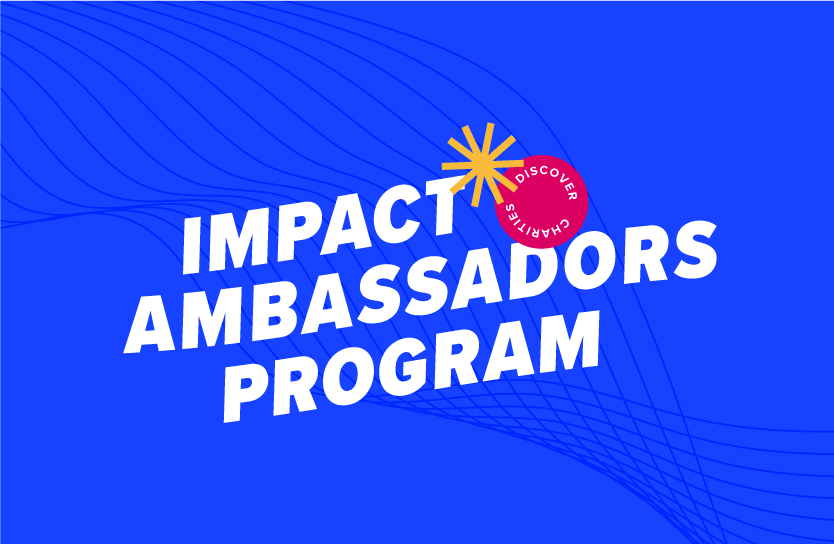3 ways to protect and support wildlife in your community
January 12, 2021
6 min read
Impact Ambassador and Wildlife Conservationist Sydney Platz shares essential tips on how to help wildlife where you live.
PHOTOS COURTESY OF SYDNEY PLATZ
Over my years working with wildlife, I’ve had the pleasure of sharing my work with many wonderful people. Usually the first people to encounter injured or orphaned wildlife are concerned members of the public. Those individuals are the inspiring ones because they make the effort to find and reach out to a local wildlife rehabilitator who can help the animals.
Their sense of responsibility and initiative are critical to the animals because these humans are their first line of defense—protecting them from further harm until a wildlife rehabber arrives. Without people’s help and concern, many more of nature’s beautiful creatures simply would not survive.
I’ve come to realize that, for many people, a wildlife rescue is their first up-close encounter with wild animals. Unfortunately, it usually isn’t under the best conditions. Even in those difficult moments, the majesty and beauty of wild animals touches people.
Such experiences usually make people more aware of just how fragile a relationship we have with the natural world. They always ask me the same question: how can I do more to help protect these incredible creatures?
So, in homage to all the concerned and caring people I’ve encountered along the way, I am sharing a few key ways you can help wildlife in your community.
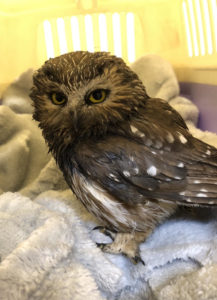 1. Minimize your negative impact on local wildlife.
1. Minimize your negative impact on local wildlife.
Keep your cats indoors or put a bell on your cat to warn wildlife, if you can’t keep them inside. Did you know that cats kill an estimated 100-350 million (yes, million!) wild birds a year in Canada alone? Please protect our bird population and put a bell on your cat!
Avoid chemical deterrents for small animal problems. Using toxic chemicals for your mice or pest problems doesn’t only affect these small animals. Larger animals—such as owls, hawks, and coyotes—eat these animals and are often inadvertently poisoned as a result. Animal-proof your home and use non-lethal traps as alternatives.
Support bans on cruel sport and activities. Hunting is one thing; bow hunting is another. Recent studies show a 50% wounding/crippling rate during bow hunting season that results in unnecessary suffering for our wildlife.
Conserve local habitats. Plant native plant species in your garden or on your property, help clean local beaches, and restore local wetlands to support local wildlife populations.
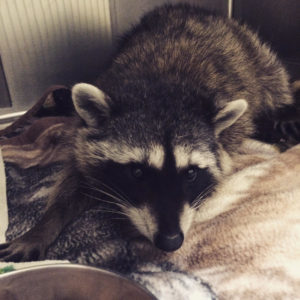 2. Support wildlife organizations in your province.
2. Support wildlife organizations in your province.
There are a number of outstanding organizations in B.C. doing essential work to help preserve, conserve, and protect wildlife. Many of them rely on donations from people like you to continue to provide services vital to our wildlife.
Here are a few small organizations that are near and dear to my heart for their outsized impact on animal rehabilitation…
Critter Care Wildlife Rehabilitation Centre: Specializes in the treatment, care and release of sick, injured and orphaned Native Mammal species of British Columbia’s Southern and Lower Mainland.
South Okanagan Raptors Rehabilitation Centre: Dedicated to rehabilitating injured and orphaned birds of prey for release back to the wild, and to educating the public to the important role raptors play in maintaining a healthy ecosystem.
Wild Things Rehabilitation Society: A wildlife conservation society in the Okanagan Valley that focuses on community education and a soon-to-be launching rehabilitation centre to help the B.C. Interior’s orphaned and injured wildlife.
To make things easy, I’ve created an Impact Portfolio through Charitable Impact’s Choose Your Impact Campaign that supports each of these organizations. You can donate here.
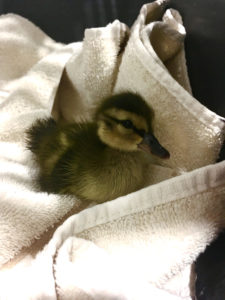 3. Understand your influence on nature
3. Understand your influence on nature
A final thought: by conserving wildlife, we’re ensuring that future generations can enjoy our natural world and the unique and irreplaceable species living within it. To help protect wildlife, it’s important to understand how species interact within their ecosystems and how they’re affected by environmental and human influences.
Remember, not only does each of us have the responsibility to protect the gorgeous wildlife with whom we share this world, we also have the ability!
What should you do if you come across an injured wild animal?
If you come across a wild animal that is injured or orphaned, it is always best to contact a wildlife rehabilitator or wildlife hotline prior to attempting to rescue or help the animal. Each species has specific requirements and needs. Often, baby animals are not actually in need of rescue because a parent is usually hiding close by. The parent could be waiting for people to leave or getting food.
Always remember to never pet or cuddle a wild animal as they are usually petrified in these situations. Unless otherwise directed by a wildlife rehabilitator, do not attempt to feed the animal. A trained wildlife expert will direct you as to how to transport the animal to a rehabilitation centre. Always keep the animal in a quiet, dark space away from children and pets. Get it to a wildlife rehab as soon as possible for the best chance at rerelease in the future.
We understand most of us don’t have the time or resources needed to make the most informed giving decisions. That’s why we have launched the #ChooseYourImpact campaign, connecting you to passionate changemakers and thought leaders—called Impact Ambassadors. Discover causes and give with impact today.
